Data storytelling is nothing new in PR, but it became a primary tactic for media relations during the pandemic as journalists sought proof points to the mega issues rocking our culture and industries. Without editorial space for products or customers and no ability to do in-person demos or interviews that might evolve into something over time, we pitched data. It helped journalists quickly make sense of trends and rapidly changing business dynamics, and the resulting coverage helped connect readers to our clients as experts and industry problem-solvers.
Thankfully, we’re seeing a full return to events and in-person interviews, and the attention span for more nuanced and non-life-threatening narratives has also nudged back up a tad. But the appetite for data has remained high — and that is really good news for those who do data storytelling well. Data is still an excellent way to lend credibility to your company’s or expert’s perspective and to gain the attention of journalists and their readers.
It’s not always easy, but with the right team of analysts and storytellers, you can use data-driven PR (and use it repeatedly) to earn coverage and media trust. A lot of brands are doing this, but not all well. Like everything in PR, you have to do it better to rise above the fray.
So, why do some succeed where others fail? Here’s what they do better and some examples of resulting coverage.
They find contradictions.
Your datasheet or research report may be full of justification for current trends but look for the numbers outside the norm. Maybe one part of the market isn’t following suit. If so, ask your subject matter experts for a theory and lead your pitches with contrarian information. What does your data show that might be new or unexpected? Where are the contradictions? If tracked over time, what is shifting, and where is this trend headed?
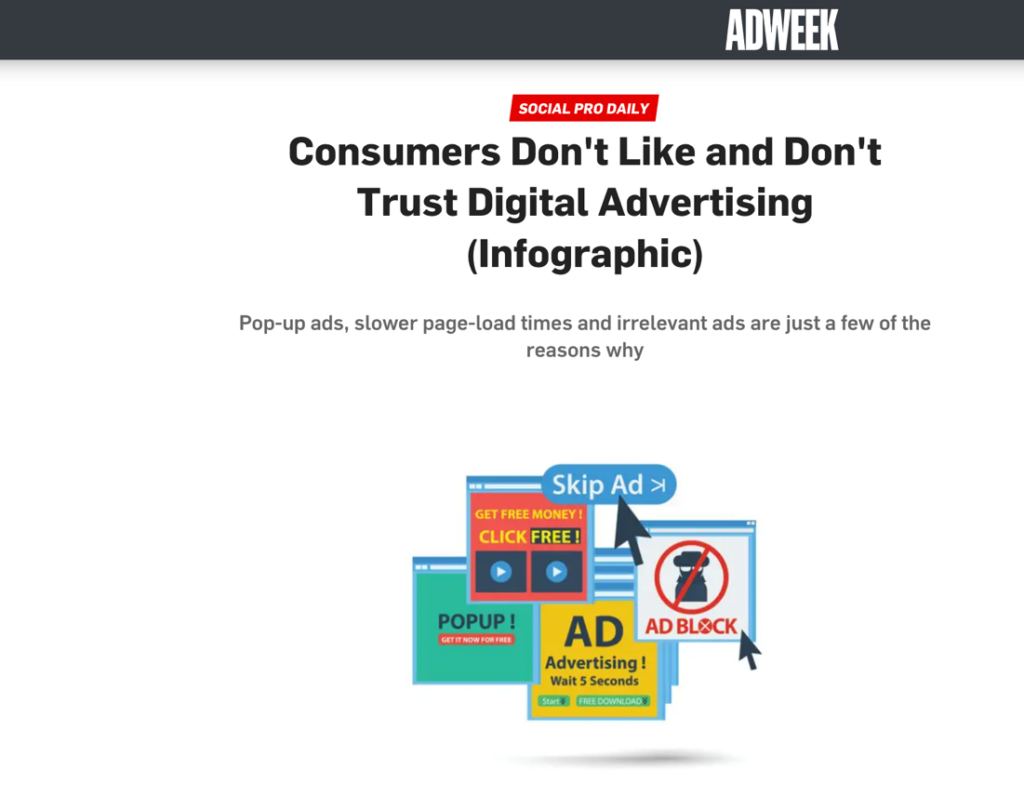
They quantify a problem.
You have built an entire solution to address an industry problem and have talked to hundreds of customers who lament this pain point. But do you have the data to prove their need for your solution? Media won’t be interested in your word alone. They will be interested in stats that show the real size and impacts of this problem, which can lead to valuable press.
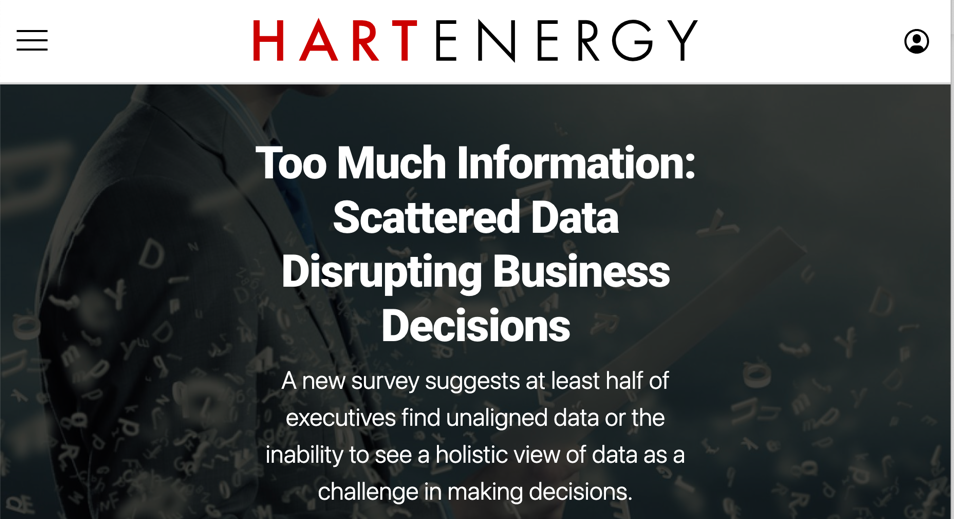
They make it human.
Give them the human side of the analysis and point them to the conclusions their readers will be interested in. Attach a thought leader to your pitch who can provide authoritative commentary on the impact of your data.
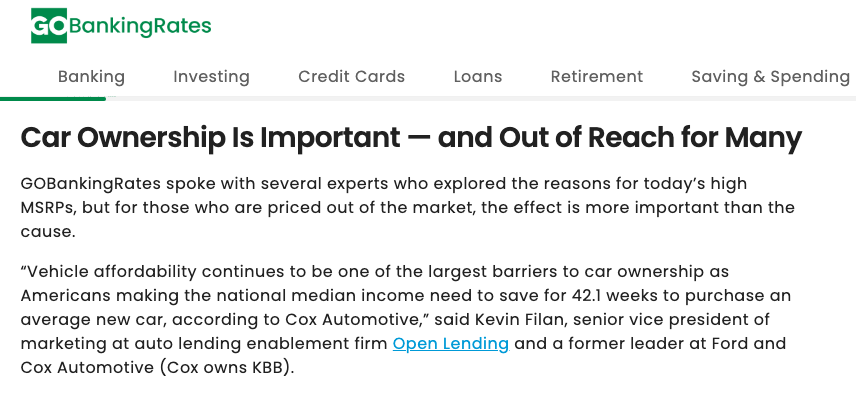
They make it easy.
Journalists are already strapped, covering multiple beats and responsibilities, and don’t have time to dig through a data report for the angle. Lay out the most compelling data angles, including why they matter and are accurate. And then be readily available to provide deeper data and perspective once they are interested.
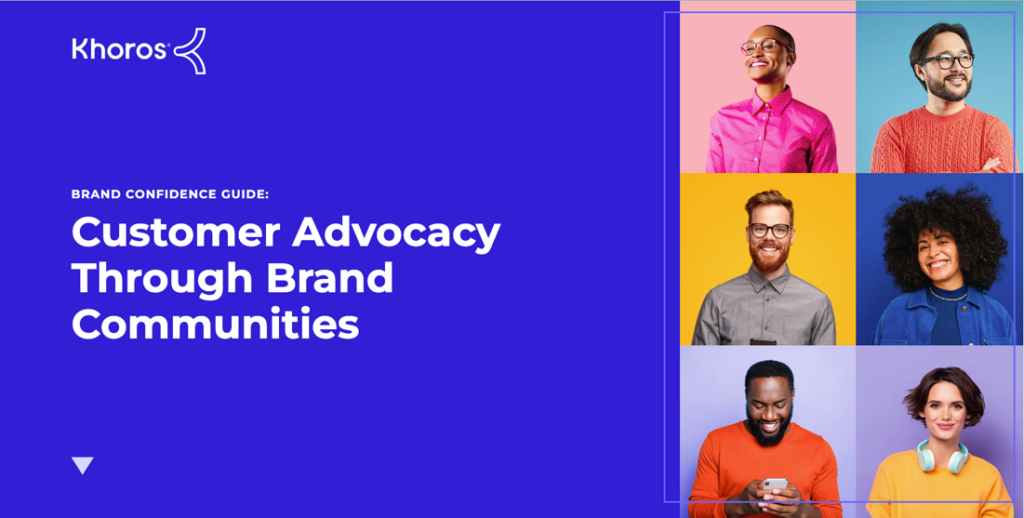
They act fast.
If you want to be included in a piece, you need to act fast. The news cycle is churning faster than ever, and stories quickly change, altering journalists’ data needs. Keep a pulse on how a story or trend is evolving and be ready to share data that supports the narrative best.
Also, when a reporter proactively asks you for a data point, it’s likely their piece is nearly done. You’ve done your job of building a reputation as a go-to source on a topic. Now, live up to it by quickly responding with something useful, even if it’s not exactly what they asked for.
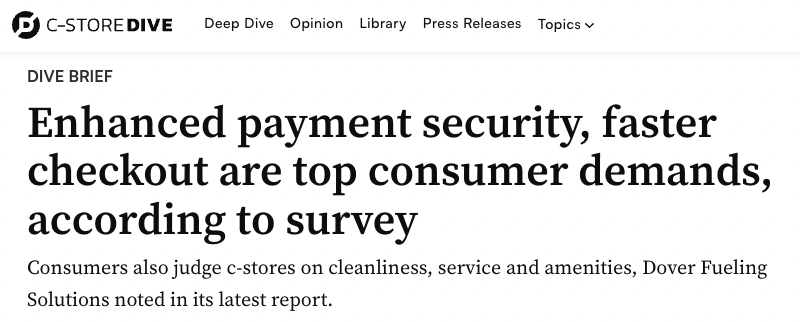
They personalize the data.
Journalist needs are going to vary widely. Not to mention, journalists dread the thought of publishing a story only to see a nearly identical story published from a different outlet. Take the time to understand key journalists’ beats and what exclusive data you can provide that would be the most valuable for their readers.
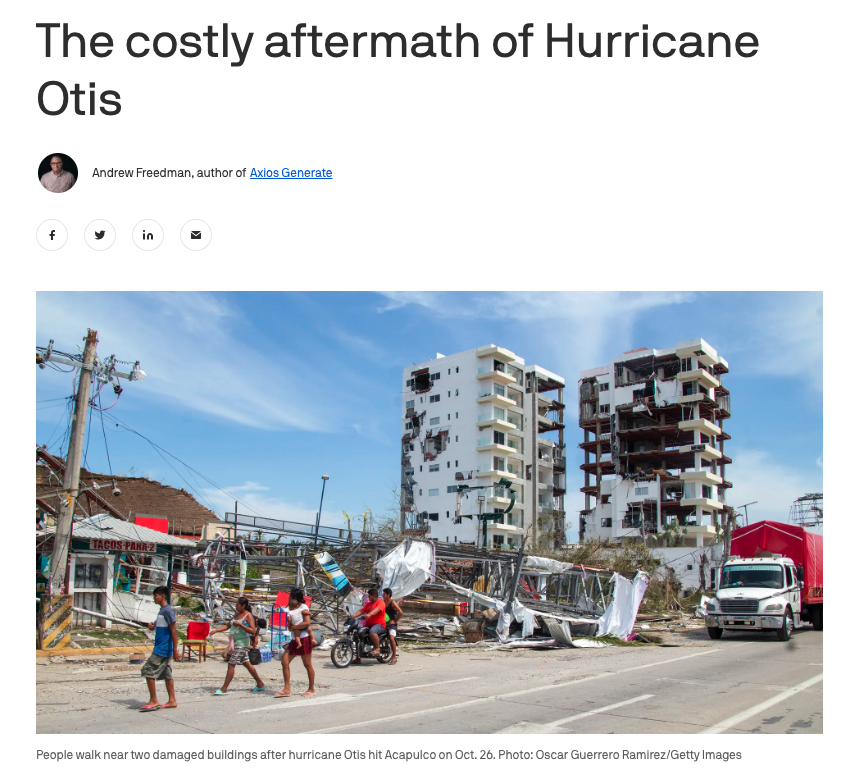
Their visuals back up the story.
Many reporters, especially from top-tier outlets, will create their own data visualizations and may even have a team devoted to this. However, even if it doesn’t make it into the final article, a visual supporting that surprising data insight will increase the odds of journalists understanding and taking notice of your data perspective. Just make sure the visuals progress the understanding of the lead insight and don’t waste space on other background data.
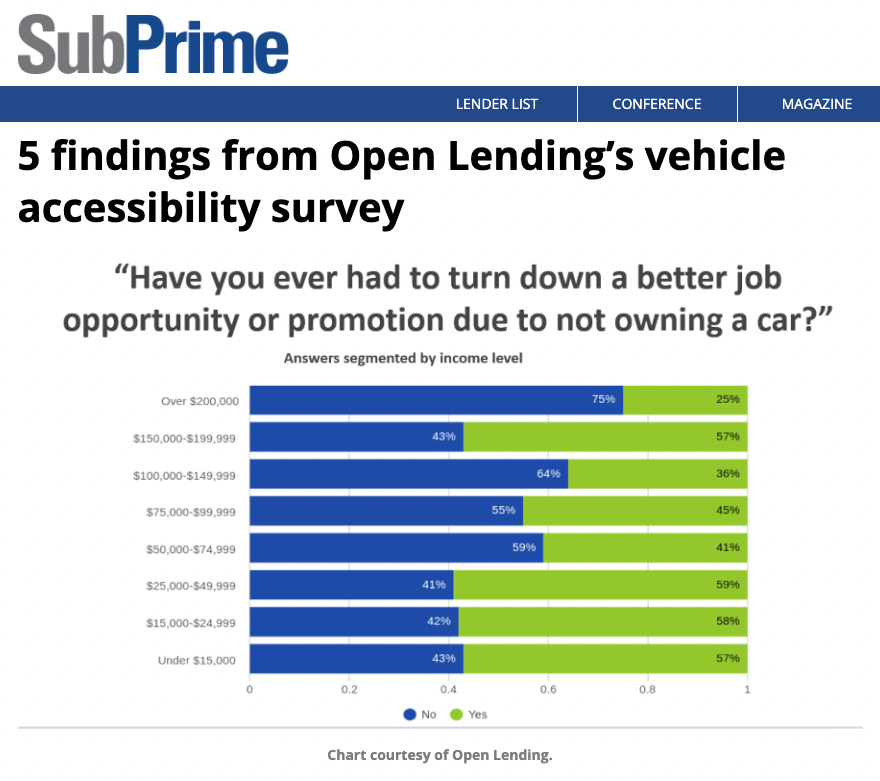
They are timely.
Tie your data to your editorial calendar and timely events or topics you anticipate coming up. A newsjacking-like approach to data-driven PR will help you be more proactive in your outreach and better anticipate and prep the data you might need for each theme, saving you time in the long run.
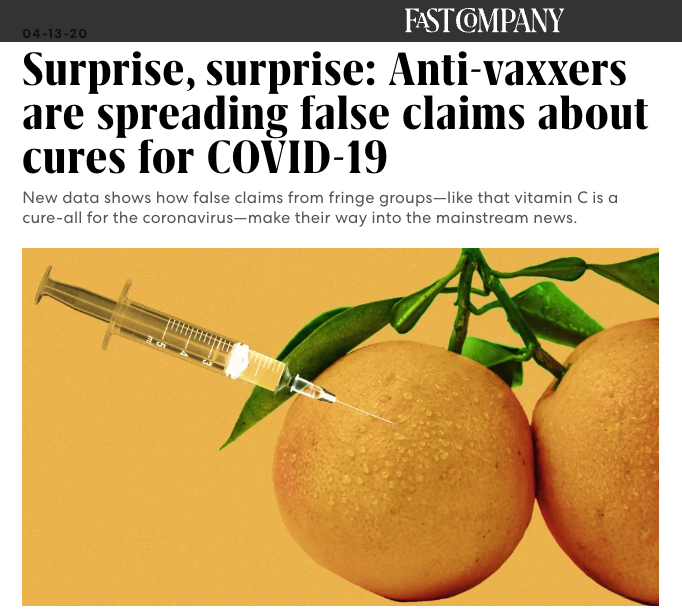
Data-driven PR provides value, now and in the future
As partners in the data and then the story and content creation, we guide our clients towards media coverage and relationships that overcome the challenges of today’s media landscape and engage key audiences in a way that will pay off in both the short- and long-terms.



